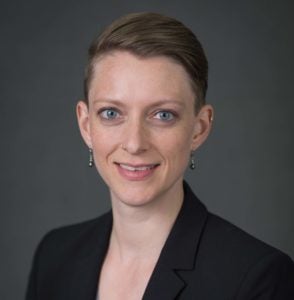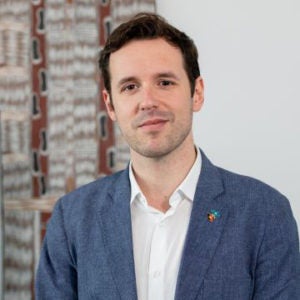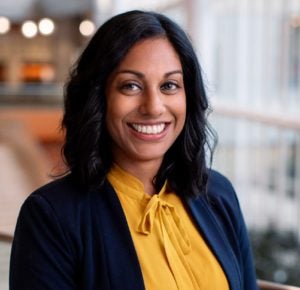3Qs with Dr. Maryse Simonet, MD, MPH ’93, MSc ’03

International Public Health Consultant, Health Systems, Expertise France
A physician and public health consultant, Dr. Maryse Simonet works with Expertise France, a technical assistance agency operator of the French Ministry of Foreign Affairs, to support coordinated and informed coronavirus responses in Guinea and other sub-Saharan nations. She steered development of a technical support platform to assist national response and adaptation of health development and other long-term projects through networks of field-based experts.
Q1: How has coronavirus progressed in the countries you’re working with, and how is that shaping the response?
The onset of COVID-19 required us to adapt our technical assistance activities, in terms of preserving essential health services and responding to the additional needs arising out of this pandemic. Not many African countries are without impact, but the full extent is not yet known. Most of the cases and the responses have remained in capital cities, yet rapid tests are now coming to rural settings.
In a lot of African countries, teleworking is only available to an elite minority. People need to maintain informal activities and businesses to survive. Like France, Guinea has used hotels to isolate asymptomatic people, but until recently only in the capital. Now Guinea is experimenting with mandated institutional confinement throughout the country, although this may cause objections to testing.
Q2: How do recent Ebola outbreaks impact the way sub-Saharan Africa approaches coronavirus?
Ebola helped develop and strengthen health security in most countries and through regional and sub-regional organizations. Initially, this created an advantage in reacting to COVID-19. However, the transmission is much faster and invisible with COVID. A “copy-paste” response, from the Ebola experience or from Western world strategies, is inadequate.
Ebola also led to increased malaria death, maternal and child death because of the low utilization of essential services. In rich countries, crisis management means reallocating routine health care resources towards emergencies and essential services. In Africa, there are very few non-essential health services. There’s a need now to protect all health workers, but how do you implement prevention measures when families have to feed and care for hospitalized patients and when protective equipment is only available for COVID-dedicated health care workers? What is left for essential services if you concentrate resources on COVID-19 management?
Q3: What are some of the major lessons you’re learning in coordinating coronavirus response across Africa?
At this point, I think lessons are still in the pipeline. I’ve heard about some initiatives using community health workers who have been working on HIV/AIDS or TB, trying to organize them to contribute to case tracking and to collective confinement. Stronger health security authorities could help find a middle ground between no confinement and full confinement. Institutional or community based collective confinement is something we could learn from Asia.
Our efforts must go beyond finding cases and treating them; there’s a need to focus on anticipating and preventing the spread. There’s a need to support African health authorities in documenting and implementing creative solutions, rooted in context—including gender sensitive approaches. In spite of trained technical assistance, it has still proved difficult to rapidly reorient development aid toward national health systems’ response to COVID. Many donors seem to prefer sending humanitarian actors, rather than funding national health systems initiatives.

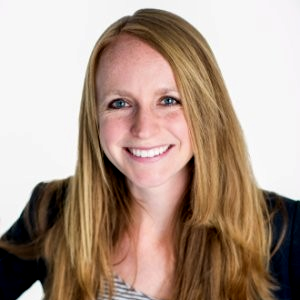
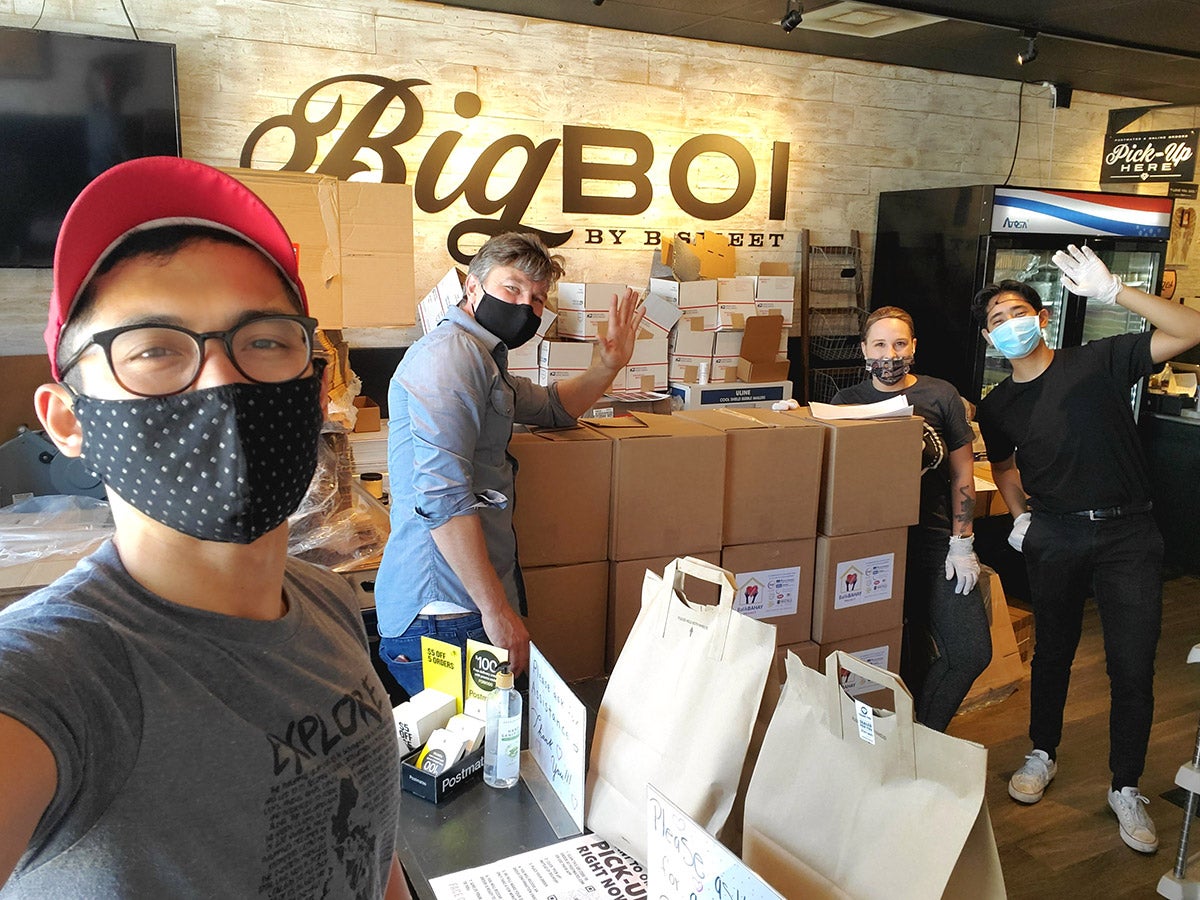
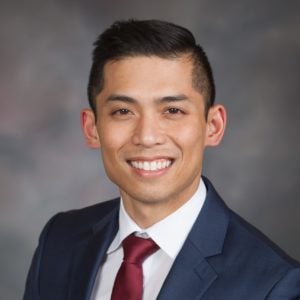
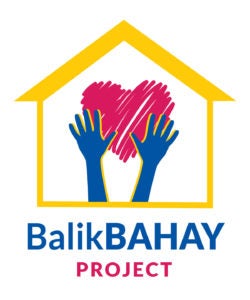 There are two projects that I’m working on. The first one is the BalikBAHAY Box project, which equips people who are especially vulnerable in the community to be ready for this pandemic. Boxes of healthy Filipino food staples have been distributed in target areas of Los Angeles. We also worked with local Filipino cloth mask makers to procure masks for the boxes. And we also have a pamphlet with key information in English and Tagalog about preventing the spread of COVID-19, especially dispelling the myths that are circulating in our community—for example, the myths of using garlic or vitamin C to prevent coronavirus infections. We wanted to create these packages using materials from Filipino restaurants, Filipino groceries, and have all the information come from Filipino health professionals within the community.
There are two projects that I’m working on. The first one is the BalikBAHAY Box project, which equips people who are especially vulnerable in the community to be ready for this pandemic. Boxes of healthy Filipino food staples have been distributed in target areas of Los Angeles. We also worked with local Filipino cloth mask makers to procure masks for the boxes. And we also have a pamphlet with key information in English and Tagalog about preventing the spread of COVID-19, especially dispelling the myths that are circulating in our community—for example, the myths of using garlic or vitamin C to prevent coronavirus infections. We wanted to create these packages using materials from Filipino restaurants, Filipino groceries, and have all the information come from Filipino health professionals within the community.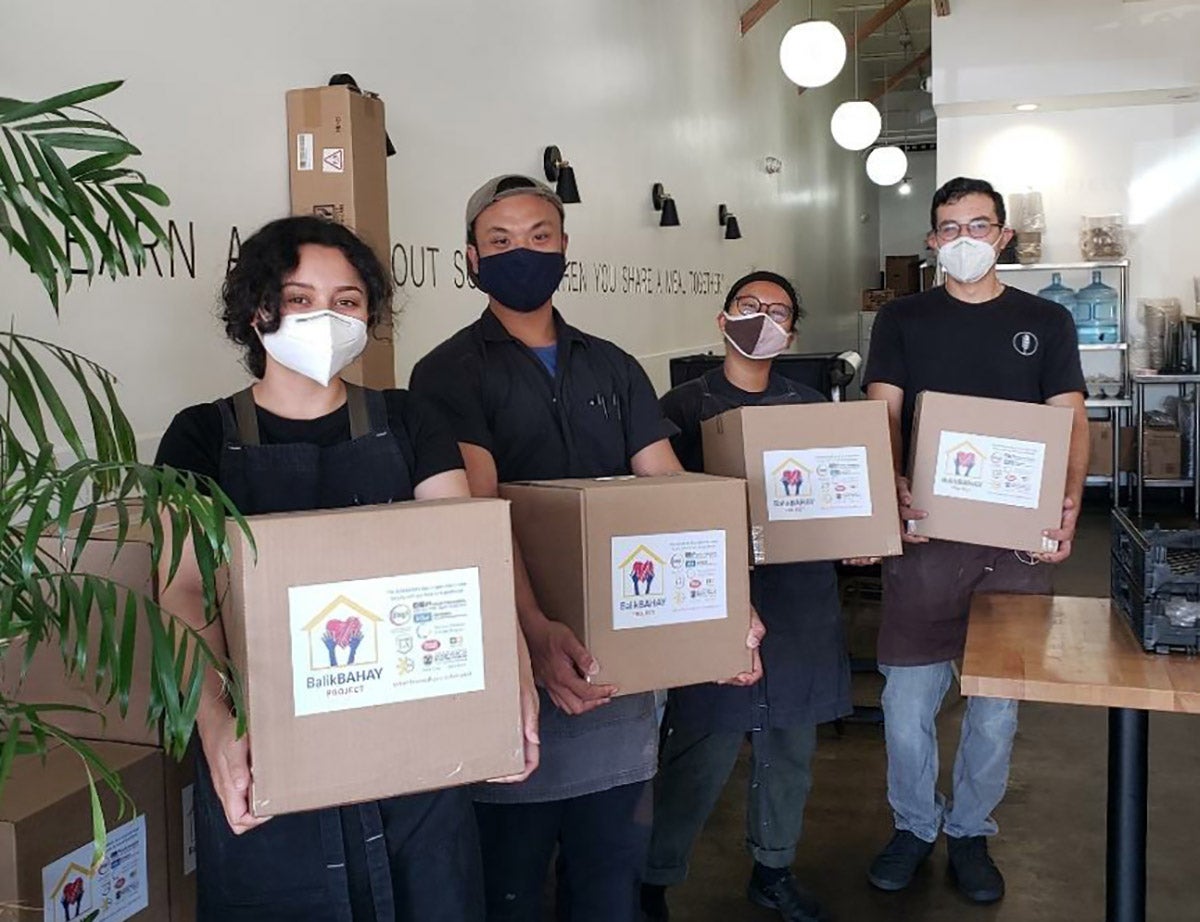
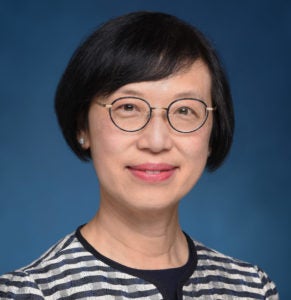 Sophia Chan, MPH ’07, is Hong Kong’s Secretary for Food and Health. In this position, she works in the Chief Executive’s cabinet, overseeing departments related to food safety, public health, and environmental hygiene. She has been at the center of coronavirus response in Hong Kong since December of 2019.
Sophia Chan, MPH ’07, is Hong Kong’s Secretary for Food and Health. In this position, she works in the Chief Executive’s cabinet, overseeing departments related to food safety, public health, and environmental hygiene. She has been at the center of coronavirus response in Hong Kong since December of 2019. 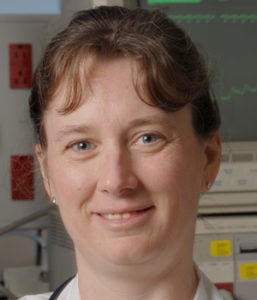 Dr. Alison Scholes is an emergency medicine physician and board member at Saint Luke’s Health System in Kansas City, MO. Throughout the pandemic Dr. Scholes has been working within her health system and physician group to create pandemic response measures, while continuing to serve as an emergency room physician.
Dr. Alison Scholes is an emergency medicine physician and board member at Saint Luke’s Health System in Kansas City, MO. Throughout the pandemic Dr. Scholes has been working within her health system and physician group to create pandemic response measures, while continuing to serve as an emergency room physician.